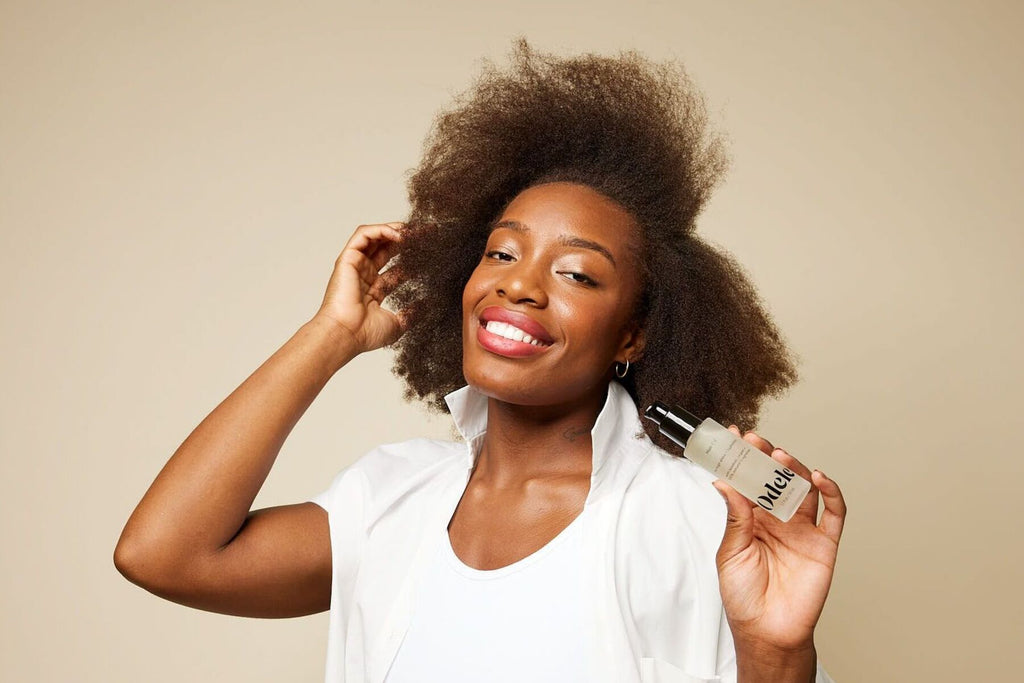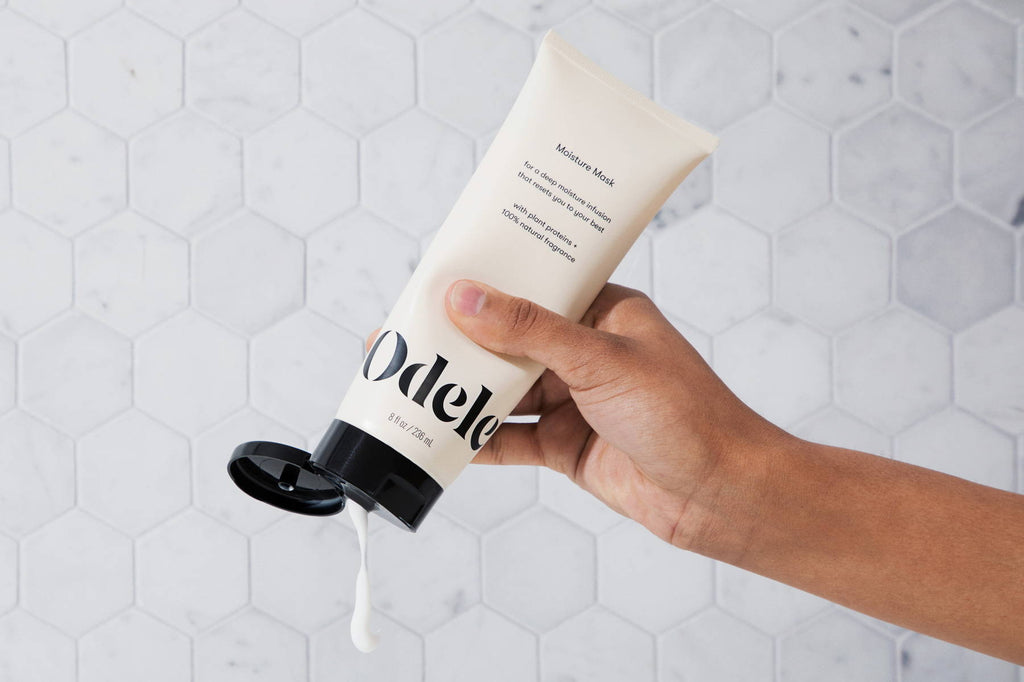If you follow TikTok beauty trends, you may have heard of “slugging.” This Korean skincare hack involves thinly layering a moisture-trapping occlusive (like Vaseline) over your moisturizer and letting it sit overnight. The AM result? Hydrated, baby-soft skin.
Recently, hair slugging tutorials have also been racking up views on TikTok, but the trend is actually nothing new. It’s basically a form of hair oiling, a haircare technique that’s been around since ancient times.
So, what exactly is hair slugging—and is it worth the hype? Here, we answer all your questions about how it works and if it’s the right move for your mane.
What is hair slugging?
Hair slugging is similar to skin slugging—it involves coating your hair in oil and letting it soak in overnight (or for several hours) before rinsing it out. A lot of people wrap up their hair in a scarf or sock while it’s soaking to promote better absorption of the oil. The goal is to hydrate hair and leave it softer, shinier and healthier.
Just to clear things up, the concept of hair slugging didn’t originate on TikTok—African, Asian, Middle Eastern and Indigenous cultures have been “slugging” their hair for years. Hair oiling is part of the ancient Indian practice of Ayurveda, which originated from civilizations in India some 5,000 years ago. And Black women have been oiling their scalps and doing hot oil treatments for centuries.
Does hair slugging work?
Yes, it works. According to research (and 5,000 years of history), oiling can strengthen hair fibers, boost moisture and make split ends less noticeable. It also helps to reduce frizz and enhance shine. So, if you have dry or damaged strands, hair slugging can provide some much-needed TLC.
Are there any drawbacks?
Though the benefits of hair slugging abound, there are a couple of things to watch out for. One is product buildup: If you’re coating your hair in heavy oils, make sure you’re cleansing properly to avoid pore-clogging buildup, which can lead to scalp irritation. Try not to go overboard with the amount of oil you use—the more you slather on, the more effort it will take to wash off. Ayurvedic doctor Dr. Rekha Radhamony recommends applying oil on damp hair so it’s easier to distribute and absorbs better.
Experts also recommend washing the oil out of your hair after a few hours vs. leaving it in while you sleep. And if you have a sensitive or reactive scalp, you may be better off concentrating the oil on your ends and avoiding your roots and scalp altogether.
How to slug hair
Now that we’ve covered the basics of what hair slugging is, here’s how to do it.
Start with damp hair. Dry hair also works, but oil will glide through damp hair more easily and absorb faster.
Choose the right oil for your hair. Thicker hair can handle heavier oils, but lightweight oils work best for fine to medium textures. Look for a hair oil that’s loaded with hydrating, nourishing properties.
Apply generously to your ends. You can concentrate the oil on your ends, or coat the entire length of your hair. Either way, give your ends plenty of love—they’re the oldest part of your hair, after all. If you go the whole-head route, apply less oil near your scalp to avoid buildup. All you need is a thin layer—it doesn’t have to be drenched.
Use a wide-toothed comb to ensure even application throughout your strands.
Let it soak for 1-4 hours in a bonnet, cap or scarf. Despite the popularity of the sock method, we recommend using a silkier fabric, like silk or satin, so the oil stays on your strands (with cotton, it’s more likely to transfer).
Shampoo and condition with care. Shampoo and rinse thoroughly so your hair isn’t weighed down by any leftover oil. Follow up with conditioner like you normally would.
When you’re done, your strands should look happy, hydrated and ultra-shiny.
How often can you slug hair?
Planning to make slugging a part of your routine? Your hair’s in for a treat. However, moisture overload is a real thing (it’s called hygral fatigue), so this treatment shouldn’t be done more than once a week.
Good news is, if slugging isn’t for you, you can still reap all the amazing benefits of hair oil. We make a highly nourishing everyday Hair Oil that’s ideal for smoothing frizz, boosting sheen and sealing split ends. And it’s light as a feather—enough to use as often as you like in your routine.











